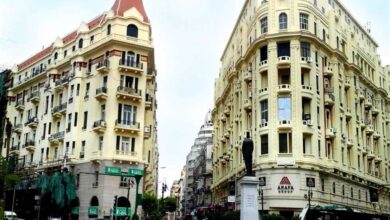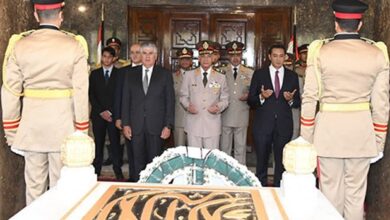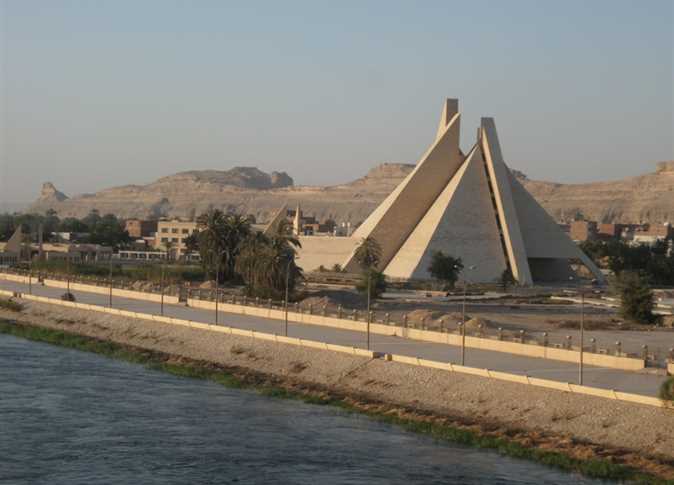Revolutions, as students of the French and the Russian ones know full well, require an inflammatory event, something that Vladimir Lenin described as a spark (the name of his newspaper in Russian), something which poor Mr. Bouazizi provided in Tunisia, and the confrontation with the armed security police in Cairo a month later. This unleashes an unruly momentum in which more and more people are involved on both sides, some as active revolutionaries determined to root out all traces of the old regime, some as reactionaries equally determined to defend the old order.
Just as important, the revolutionary tradition, as it was expressed in both France and the ex-British states of North America in the late 1780s, provides a program of political action leading to elections and a new constitution, drawn up in the name of the people. This is, by its nature, another unruly process, in which representatives of various social groups come together to try to agree on a framework for the exercise of a more pluralist politics. It is best served, as it has been in Egypt, by a timetable for the completion of its various stages.
In ideal circumstances, the process of constitution-making is a mechanism for creating a consensus between the most powerful of the contending interests — in the Egyptian case, the military, the Muslim Brotherhood, and the secular middle class. But this requires a great deal of trust and good faith as everyone jockeys for position in the new order. Already we can see such forces powerfully at work, from the bid by the military, somewhat constrained by American pressure, to secure a supra-constitutional place for itself, to the Brotherhood’s advocacy of a sovereign parliament which they would dominate, to the continued revolutionary and long-term desire for an entire root-and-branch reshaping of the Nasserist state, including its systems of law, education, and security.
This is where the hard work really begins. On the table are all the possible institutional arrangements for creating a sustainable political order. Presidential or parliamentary? Elections with or without party lists? Subject to proportional representation or first past the post? And so on. It is detailed and tricky stuff requiring an expertise that few in Egypt possess after decades of authoritarian rule and which, in the end, has to obtain enough popular consent to claim, as with the American constitution, that the outlines of the new order were written by "We the people," and not just a self-selected cabal of clever intellectuals acting in their name.
The use of the word revolutionary to describe the Tahrir events connects us with Egypt’s own revolutionary tradition, beginning in 1919 and re-inspired, if only briefly, in 1952. From 1919, we can learn about the creation of the first constitutional order by monarchists, and about a variety of liberal and popular forces with an insecure electoral system, which, eventually, was to lead to its discredit and downfall.
Already we can see something of the same process, as Egypt’s electoral results are examined by the contesting parties in search of ways in which the hastily cobbled-together system used from November to January might be amended to their own future advantage. And this, in turn, highlights the need for an agreed-upon procedure for constitutional and electoral change which will allow the system itself to remain substantially unaltered long enough for it to become a regular and predictable part of people’s lives, not just the plaything of rival political forces. "Keep it simple" would be my watchword, based on American experience, and find room in it for a process of orderly interpretation and contestation with significant input from Egypt’s formidable constitutional lawyers meeting in something like an American Supreme Court.
The 1952 revolution has its own lessons too. Then the revolutionary fervor of 1953 and 1954 and the establishment of a constitutional commission including, among others, Tarek El-Bishri, was hijacked by Gamal Abdel Nasser who drew up his own revolutionary constitution with very little outside advice. Once again, events in the newly created Tahrir Square, designed to be the focus for celebrating the revolution and its achievements, provided salutary insights into what was to follow. After the first attempt at popular celebration there in July 1953, when a small motorcade of free officers was mobbed by an excited crowd, the fearful officers retired to the balcony of the Abdin Palace for future celebrations, speaking to the crowd from on high.
Soon Tahrir itself became emptied of demonstrations, instead dominated by iconic public buildings like the Mogamma, the headquarters of the Arab League, and the Hilton Hotel used to house visiting heads of state, with only occasional small popular protests like those of the students against Sadat in what proved his Year of Indecision against Israel in 1972. The millions were only occasionally let in at the start of public funeral processions of famous Egyptians such as Ahmad Lufti-Sayyed, Mustafa Nahhas and, the largest of them all, Um Kalthoum.
Cynics are already saying that, under army rule, all this is about to happen again. The greatest challenge facing Egypt is to turn revolutionary fervor into something like the new type of constitutional order created after 1919 (although without its flaws), and certainly not the authoritarian pattern that emerged after 1952. Only then will the earlier spirit of liberation from the British, the king and the pasha class be allowed to evolve into the freedoms to live their own lives for which the people of Tahrir demonstrated so bravely in 2011.
Roger Owen is a Professor of Middle East History at Harvard University. He specializes in economic and political history of the Middle East since 1800, as well as theories of imperialism including military occupations.




